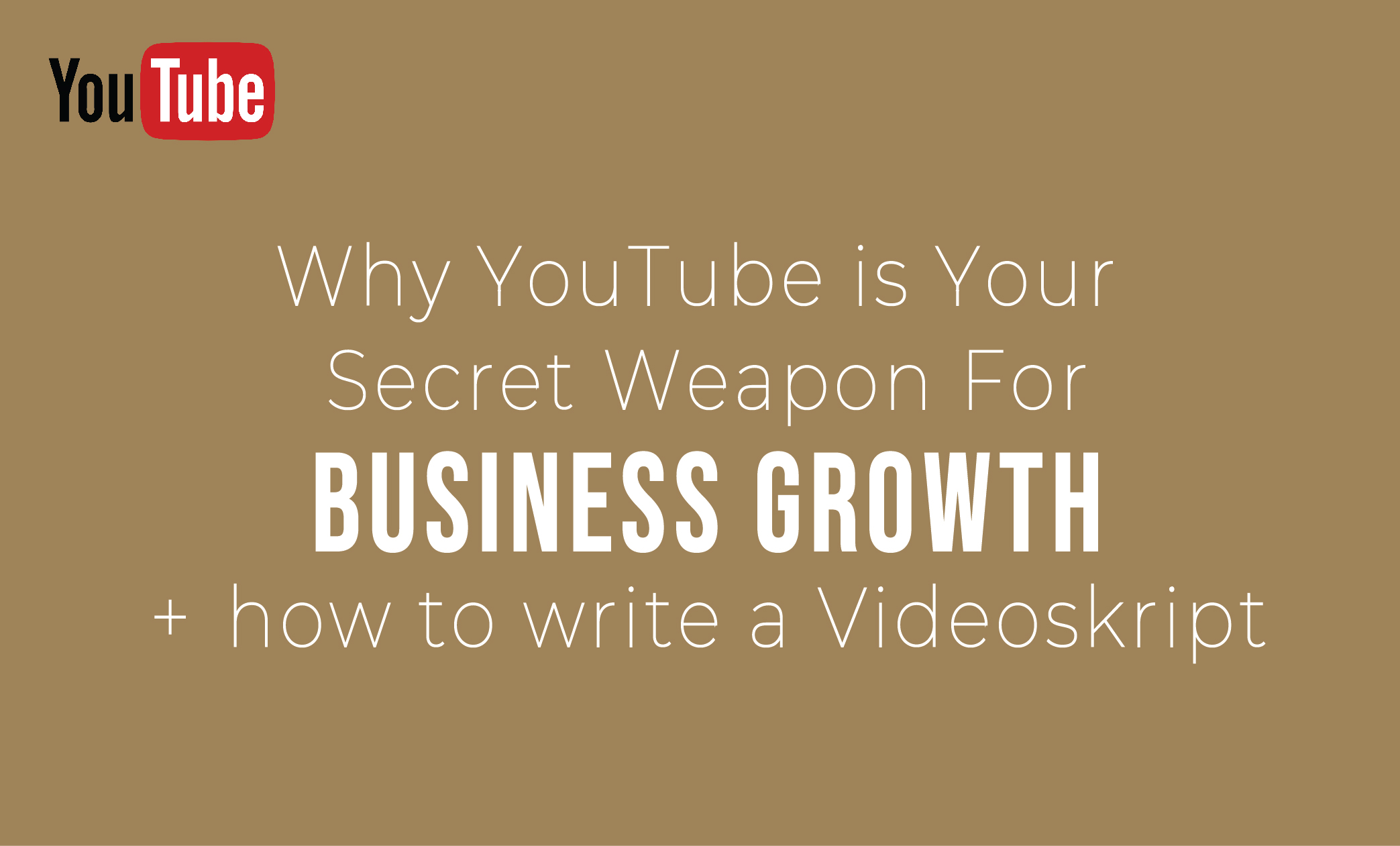Whether you’re selling handmade crafts or offering consulting services, YouTube gives you access to a huge and diverse audience from everywhere around the world. It’s like having a shop window that’s open 24/7 and visible to anyone with an internet connection.
Even though YouTube is a powerful tool for growing businesses, some still miss out on its potential. Customers benefit from free advice and information, but businesses also profit from the opportunity to convert viewers into loyal customers. Over the past few years, numerous success stories have emerged, showcasing how companies have scaled their operations through strategic YouTube content strategies.
A few Strategies Employed by Companies are:
Showcasing Product Production: Many companies leverage YouTube to showcase the production process behind their products. This behind-the-scenes approach not only adds authenticity but also helps build trust with potential customers. By revealing the intricacies of their craftsmanship or manufacturing process, companies demonstrate their dedication to quality and transparency.
Educational Content: Another effective strategy is to create educational content that demonstrates how to use a product or service. By providing tutorials, guides, or demonstrations, companies empower their audience with valuable knowledge while subtly showcasing the usefulness of their offerings. This approach positions the company as an authority in its field and fosters trust among viewers.
Providing Value-Added Advice: Companies often create content that addresses broader topics related to their industry or niche. By offering valuable advice, tips, or insights, they establish themselves as thought leaders and go-to resources in their field. While these videos may not directly promote a product, they subtly reinforce the company’s expertise and credibility.
Collaborating with Influencers: Partnering with influencers or industry experts is a popular strategy for companies looking to expand their reach on YouTube. By collaborating with influencers who align with their brand values and target audience, companies can tap into established communities and gain exposure to new audiences. Influencer collaborations can range from product reviews and endorsements to co-created content and sponsored videos.
Sharing Success Stories: Companies can also use YouTube to share success stories or testimonials that highlight the impact of their products or services. Featuring satisfied customers or showcasing the journey of a successful project can humanise the brand and inspire trust and confidence among viewers. Additionally, sharing the story behind the company or its CEO can add a personal touch and strengthen the emotional connection with the audience.
Streamlining the Scriptwriting Process: A Simple Framework
Writing a compelling video script is important for effectively conveying your message and engaging your audience. To simplify the process and ensure your script resonates with viewers, consider the following framework:
Define Video Format: Before diving into scriptwriting, determine the format of your video. Will it be a vertical or horizontal video? Understanding the format will help you tailor your content to fit the platform and audience preferences.
Identify Value Proposition: Clearly define the value proposition of your video. What problem does it solve for your audience, and what benefit will they gain from watching? Your value proposition should be concise, compelling, and clearly communicated throughout the video.
Craft a Compelling Hook: Grab viewers’ attention from the start with a compelling hook. This could be a thought-provoking question, an intriguing statistic, or a captivating story. The goal is to pique viewers’ curiosity and entice them to keep watching.
Keep it Simple and Engaging: Remember to keep your script simple and easy to understand. Use clear language and avoid jargon or technical terms that may confuse viewers.
Call to Action: End your video with a clear call to action (CTA). What do you want viewers to do after watching the video? Whether it’s visiting your website, subscribing to your channel, or making a purchase, clearly instruct viewers on the next steps to take.
Practice and Refine: Once you’ve written your script, practice delivering it aloud to ensure it flows smoothly and effectively communicates your message. Pay attention to pacing, tone, and delivery to maximise impact. Use your voice in different ways and experiment with it. Don’t hesitate to make revisions and refine your script until it’s polished and ready for filming. It’s absolutely normal to go through a script multiple times before filming.
By following this framework, you can start the scriptwriting process and create engaging, impactful videos that brings value to your audience and their curiosity and trust in return.

